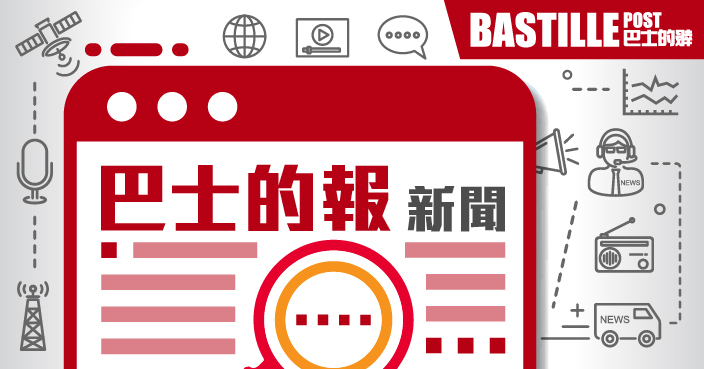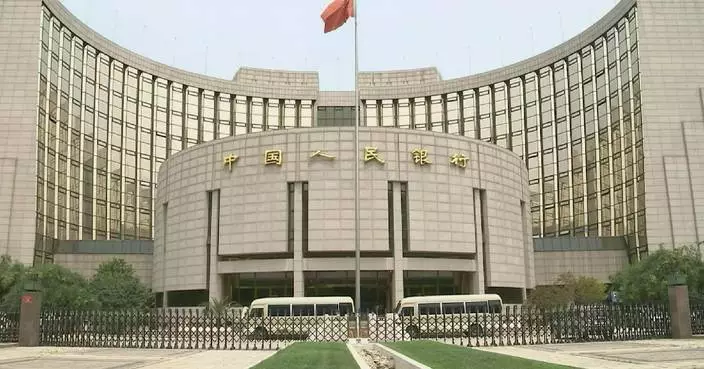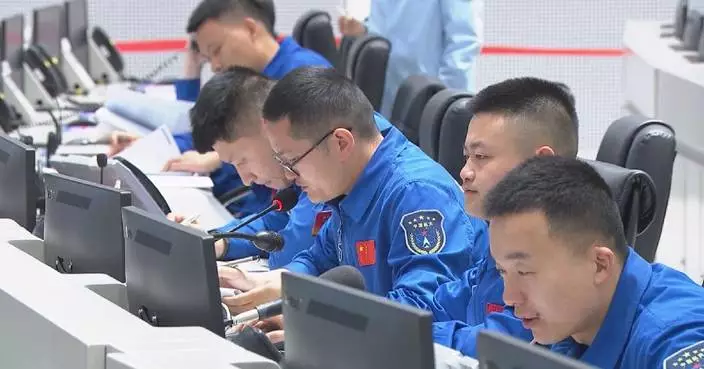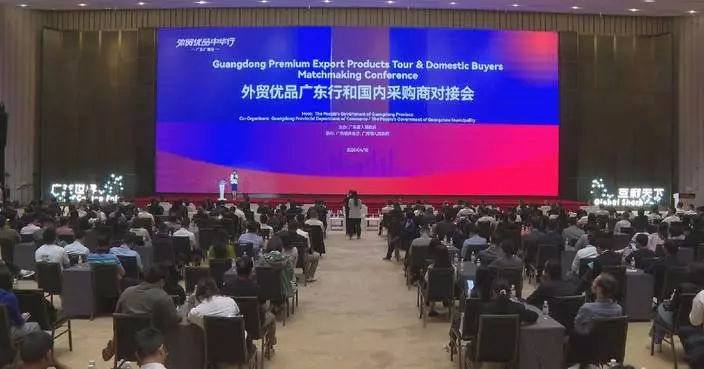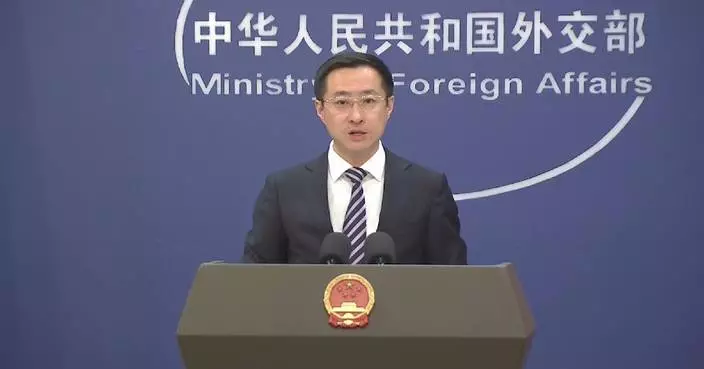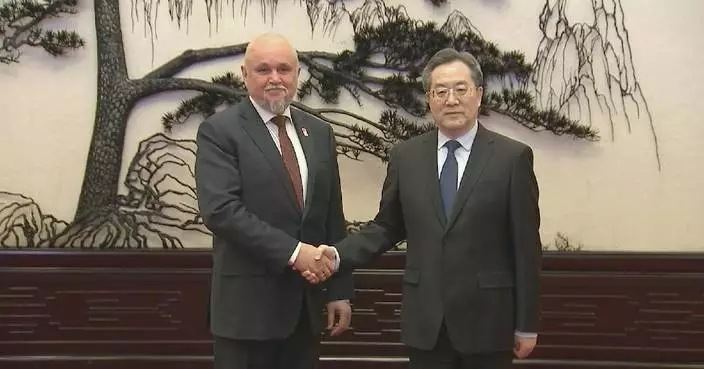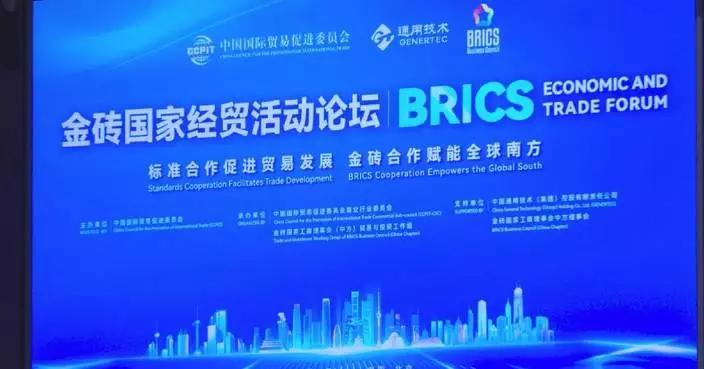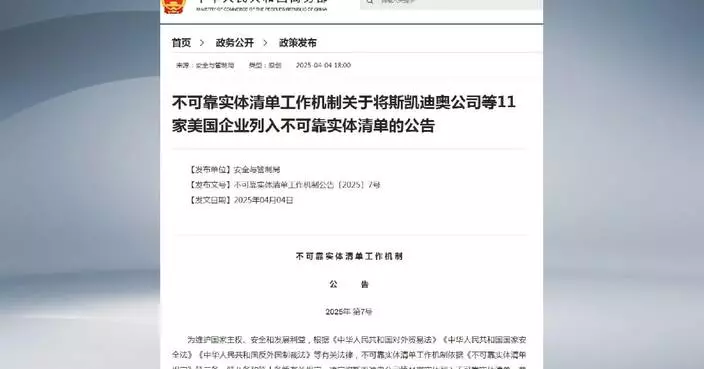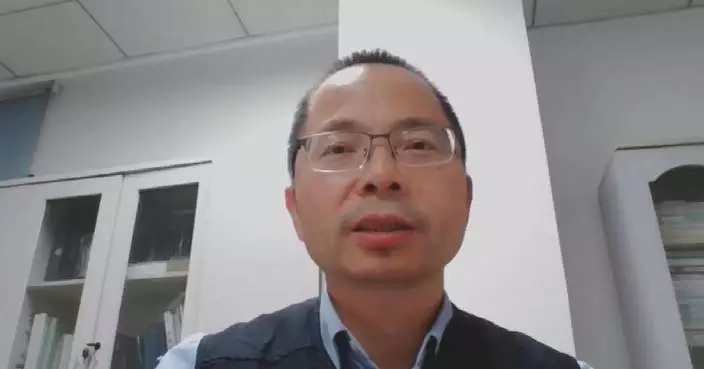While Trump has loudly imposed so-called "reciprocal tariffs" globally, repeatedly targeting China with increased rates, he has also been "flip-flopping," exempting electronic products like smartphones and computers. On April 13, the British Financial Times published an article titled "China is well positioned to weather Trump's trade war," analyzing from three perspectives why Trump's tariff policy is "doomed to fail."
The article was written by Arthur Kroeber, founding partner and head of research at Gavekal Dragonomics.
The article notes that Trump has imposed at least a 10% tariff on almost all imports to the US, with steel, aluminum, and cars facing 25% duties, while China has been hit with a 145% tariff. Trump's team is scrambling to rationalize the chaos of tariff policies as a master plan to build a coalition to defeat China, but any such plan is doomed to fail.
First, the article points out that Trump frequently claims his tariffs aim to "crack down on unfair trade practices, eliminate trade deficits, reindustrialize America, and confront China," but these stated aims often contradict each other, negate other policies, or are obviously unachievable.
The article suggests that a better explanation is that Trump is "motivated mainly by a desire to accumulate and exercise power, and tariffs are the best instrument of that power." The purpose of his general trade war is to remove constraints imposed by the global economic order on the unilateral exercise of US power, particularly presidential power.
The article explains that Trump has believed for decades that "the rest of the world will pay any price to gain access to the US market." Perhaps more importantly, until Congress chooses to stop him, Trump has "unlimited personal authority to impose (or withdraw) tariffs on any country, at any time, for any reason." What Trump wants above all is to "display dominance and extract submission." Countries that did not actively resist his tariffs were graciously granted reprieves from higher rates, while the country that dared to defy him was savagely punished.
Therefore, the article argues that most countries now understand that the various economic rationales offered by Trump's advisers are just "window-dressing." While Trump is in charge, the US is unreliable, and no sane leader will join him in a crusade against China.
The second reason why the US-China trade war is "doomed to fail" has become clear in last week's massive sell-off of US Treasury bonds. It caused Trump to retreat on the "reciprocal tariff" issue. This shows that the bond market determines the size of his tariff stick, which is much smaller than he thought. As a result, Trump has lost leverage in trade negotiations because adverse market reactions prevent him from raising tariffs again, as the Treasury market would revolt again.
Kroeber predicts that for most global leaders, the strategy will be to cut quick deals where tariffs are lowered in exchange for cosmetic concessions and tokens of deference. “And these deals will not include promises to blow up their trading relations with China.”
The third reason why the China trade war is "doomed to fail" is China itself. The article notes that at first glance, China seems worse off than the US, having lost access to one of its biggest export markets and appearing diplomatically isolated. In fact, China is "well prepared to fight a war of economic attrition against the US."
Facing potential loss of US exports, China can replace this with domestic consumer demand. The article states that Xi Jinping "has reversed course and is now serious about boosting domestic demand."
Additionally, experience has shown that "China can also get along fine without imports from the US." The article notes that "five years of export controls have helped it get very good at making things without American technology." Regarding market concerns about yuan depreciation, the article believes that if China can implement convincing demand stimulus measures, this will attract capital inflows and support the exchange rate.
The article also points out that due to tariffs on Chinese consumer goods, the US faces higher inflation, as its "reliance on Chinese industrial inputs is three times that of China's reliance on US components." Price increases are already hurting business investment.
John Williams, President of the Federal Reserve Bank of New York, recently stated that under Trump's tariff policy, US economic growth is expected to fall below 1% this year, with inflation rising to between 3.5% and 4%, and unemployment rising to 5%.
The Kroeber article concludes that China has a demand problem that it can solve with better macro policy, while the US faces a supply shock and possible stagflation, which can only be solved by economic regime change. In other words, if the aim of Trump's new trade war with China is to get Beijing to bend the knee before US power, the result will only be frustration and disappointment.
Deep Throat
** The blog article is the sole responsibility of the author and does not represent the position of our company. **
